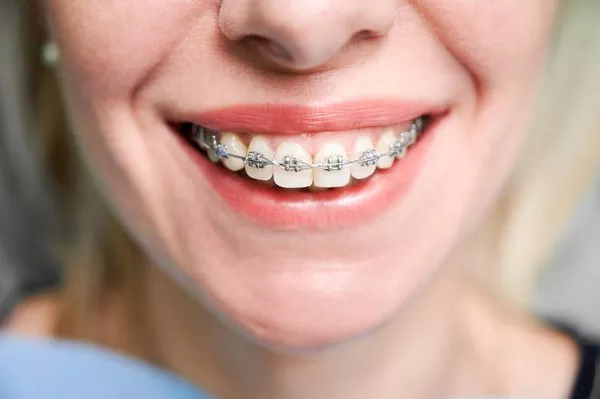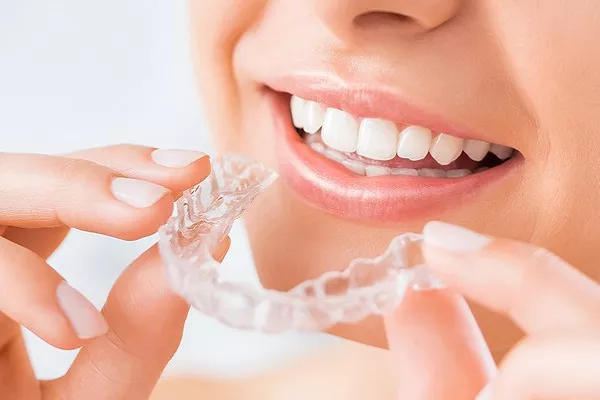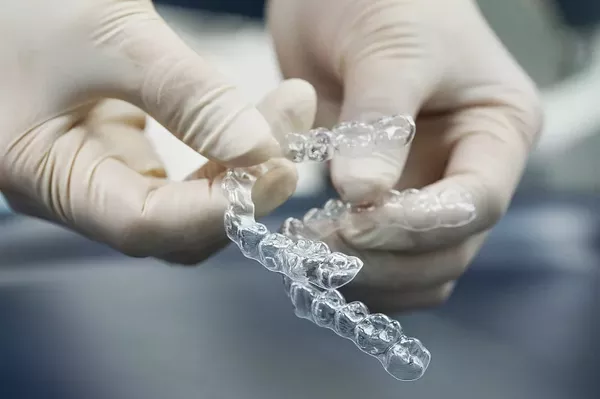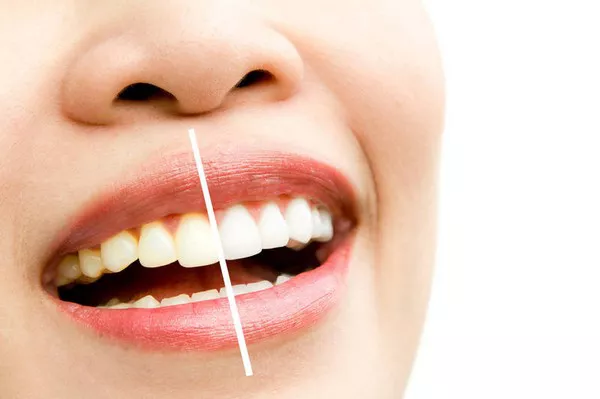Orthodontic braces are a common dental treatment used to correct misaligned teeth and bite issues. While the primary goal of braces is to achieve a straighter and healthier smile, many people wonder how long it takes for braces to work effectively. The timeline for braces can vary widely from person to person, depending on several factors. In this comprehensive article, we will explore the key factors that influence the duration of orthodontic treatment with braces, what to expect during the process, and tips for optimizing your orthodontic journey.
Understanding Orthodontic Braces
Orthodontic braces are a dental appliance made up of brackets, wires, and bands. They work by applying constant, controlled pressure on the teeth, encouraging them to move into their desired positions over time. Braces are commonly used to address a range of orthodontic issues, including crooked teeth, crowded teeth, gaps, and bite problems.
Factors That Influence Treatment Duration
The duration of orthodontic treatment with braces can vary based on several factors, including:
Orthodontic Issue Severity: The complexity and severity of your orthodontic issue play a significant role in how long you’ll need braces. More severe problems may require longer treatment.
Age: Age can impact the speed of orthodontic treatment. Adolescents and teenagers often experience faster results due to their still-growing jaws and teeth. Adults may require longer treatment due to less malleable bone structures.
Compliance: Patient compliance is crucial. Following your orthodontist’s instructions, including wearing rubber bands or other appliances as prescribed, can expedite the treatment process.
Type of Braces: The type of braces you choose can affect the treatment timeline. Traditional metal braces are highly effective but may take longer than newer alternatives like clear aligners for some cases.
Dental Hygiene: Maintaining excellent dental hygiene is essential during orthodontic treatment. Poor oral hygiene can lead to delays caused by dental issues such as cavities or gum disease.
Regular Adjustments: Attending regular orthodontic appointments for adjustments and assessments is essential for the progress of your treatment. Skipping appointments can prolong the treatment duration.
Genetics: Individual genetics can influence the speed of tooth movement. Some people’s teeth naturally respond more quickly to orthodontic forces than others.
What to Expect During Orthodontic Treatment
Orthodontic treatment with braces typically involves several stages, each with its own timeline and objectives:
Consultation and Planning: The initial consultation with your orthodontist will involve a comprehensive examination, X-rays, and treatment planning. This stage can take a few weeks to schedule and complete.
Brace Placement: The process of having braces placed on your teeth is relatively quick and usually takes one appointment.
Adjustment Period: After brace placement, there is an adjustment period during which your mouth adapts to the presence of braces. This may involve some discomfort or soreness, which can last for a few days to a week.
Active Treatment: This is the longest phase of orthodontic treatment, during which the braces exert continuous pressure on your teeth to move them. Active treatment can last anywhere from several months to a few years, depending on the factors mentioned earlier.
Retention Phase: Once your orthodontist determines that your teeth are in their desired positions, you will enter the retention phase. This phase involves wearing a retainer to maintain your newly aligned teeth. Retainers are typically worn full-time initially and then transitioned to nighttime use over time.
Tips for Optimizing Your Orthodontic Journey
To ensure your orthodontic treatment with braces is as efficient as possible, consider the following tips:
Adhere to Your Orthodontist’s Instructions: Follow your orthodontist’s recommendations regarding care, adjustments, and appliance use diligently.
Maintain Excellent Oral Hygiene: Brush and floss regularly to prevent dental issues that could prolong treatment.
Avoid Foods That Can Damage Braces: Certain foods can damage braces or prolong treatment if they cause breakages or require additional repairs. Follow dietary guidelines provided by your orthodontist.
Attend Regular Appointments: Attend all scheduled appointments for adjustments and assessments to stay on track with your treatment plan.
Be Patient: Orthodontic treatment requires time, and results may not be immediately apparent. Trust the process and be patient with the timeline.
Conclusion
The duration of orthodontic treatment with braces varies based on multiple factors, including the complexity of your orthodontic issue, your age, and your compliance with care instructions. While the process may require some patience, the end result—a straighter, healthier smile—is well worth the investment. To ensure the most efficient and successful orthodontic journey, work closely with your orthodontist, follow their recommendations, and maintain excellent oral hygiene throughout your treatment. With proper care and commitment, you can achieve the desired results and enjoy the benefits of a beautiful smile.
Related Topics:
































